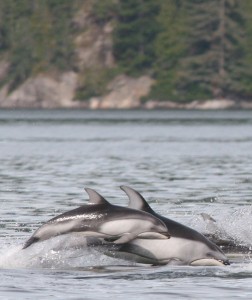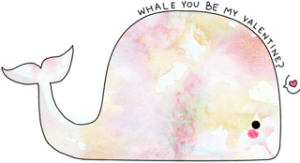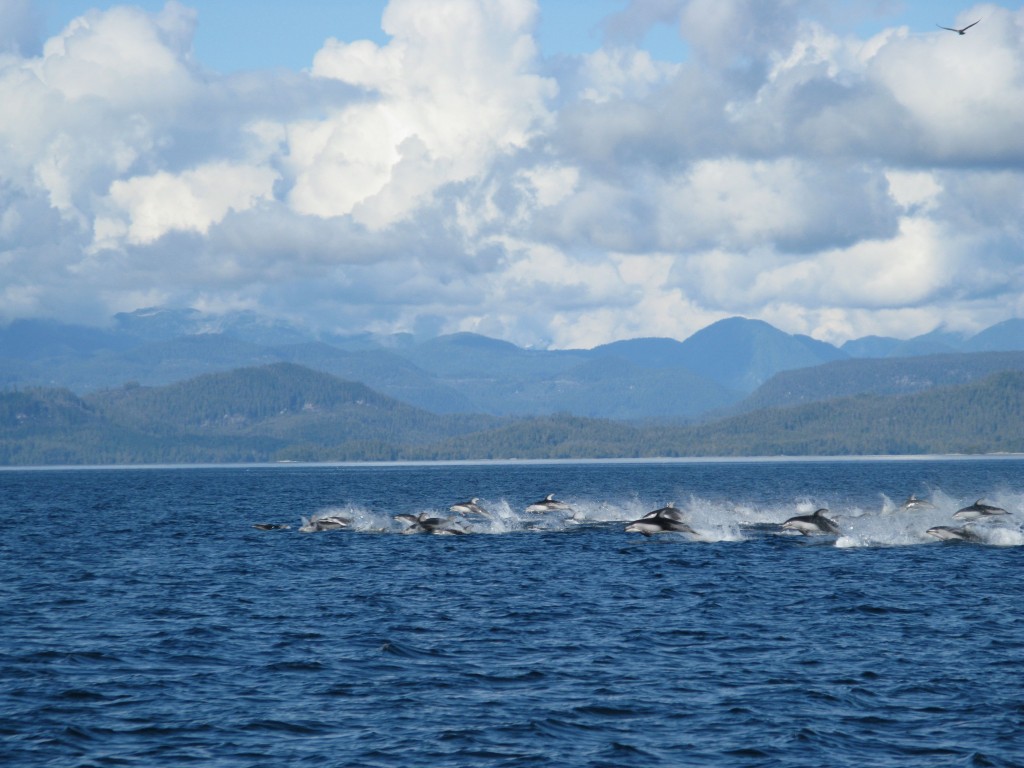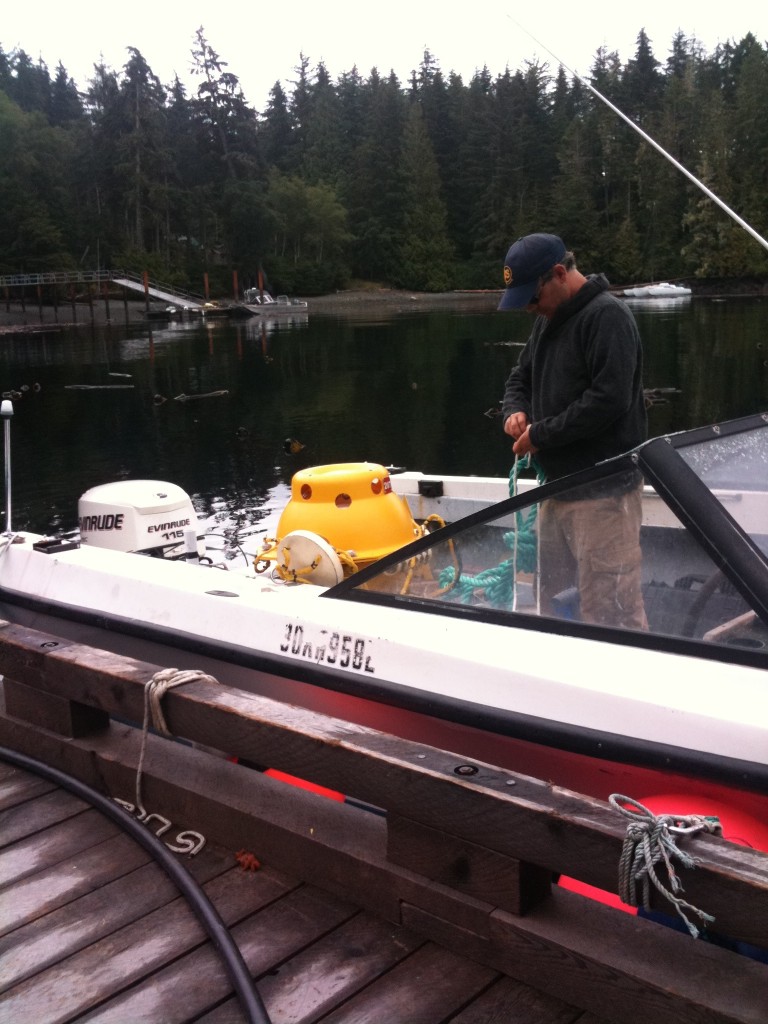Happy Leap(s) Year!
Here, we call it LEAPS Year, because that’s the snazzy acronym for our dolphin project: Lagenorhynchus Ecology, Abundance and Population Status.

This time of year, our dolphin research involves a lot of time in front of the computer. We’re training computers to screen thousands of hours of underwater recordings to detect dolphin calls in an increasingly noisy ocean. And, learning more about how these dolphins communicate with one another.
While that set of computers is chugging away and the dolphin calls are analyzed, the rest of our team is going through more than 10,000 dolphin photographs to see if we see anyone we know. While a lot of these dolphins look alike, some fraction of the individuals have unique natural markings that allow us to identify individuals, like mugshots or fingerprints. (FIN-erprints?)
I know. It sounds like Dolphin TMZ, except that this is for a good cause. We use these photographs to develop an encounter history for hundreds of individuals, and {insert fancy math here} estimate how many dolphins there are in the population, and whether the population is going up or down. We use that information to assess the health of the population, like a checkup at the doctor’s office, and that allows us to make recommendations about whether we need to change human activities to protect these dolphins, or if they’re doing just fine without our help.
What’s next? Right now, we’re trying to raise funds for an intensive dolphin field season this summer. We’re shaking out the sofa cushions and collecting frequent flyer miles to make sure we can spend some time in the field to collect the last few photographs I need to finish my PhD on Pacific white-sided dolphin ecology. If you’re able to help this project, or know someone who can, please get in touch.
It takes a village to do this work, and we are thrilled to be working with a team of smart, talented, eagle-eyed women. Thanks, Christie, Marie, Nicole & Melissa! It’s great working with you on this!
Finally, do you spend time on the water in the Salish Sea? If you see dolphins, let us know: http://www.seadocsociety.org/dolphin-study If we find a match to the dolphins in our catalogue, it will tell us about movement patterns across the Canada-US border, and whether our two countries need to work more closely together to protect these dolphins and their habitat.
Happy Leap(s) Year, everyone!



